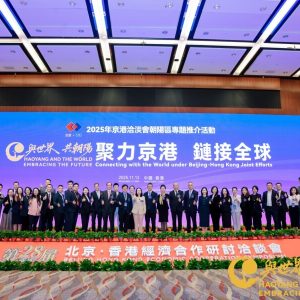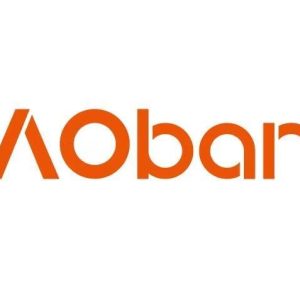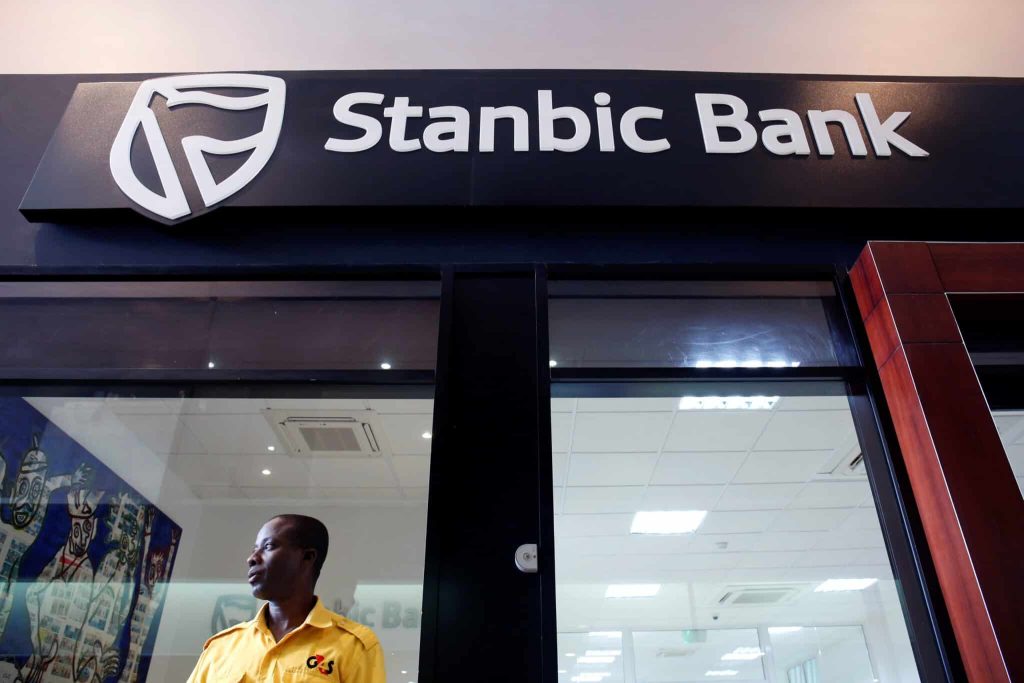
- Private sector economy starts to improve in September
Key Findings;
- Business activity increases for the first time since April
- Sales growth returns, leading to faster rise in employment
- Strongest improvement in delivery times in four years
Business conditions began to recover across the Kenyan private sector in September.
The Stanbic Bank Kenya PMI® signalled an improvement in business performance for the first time in five months, driven by solid expansions in output, new orders and employment.
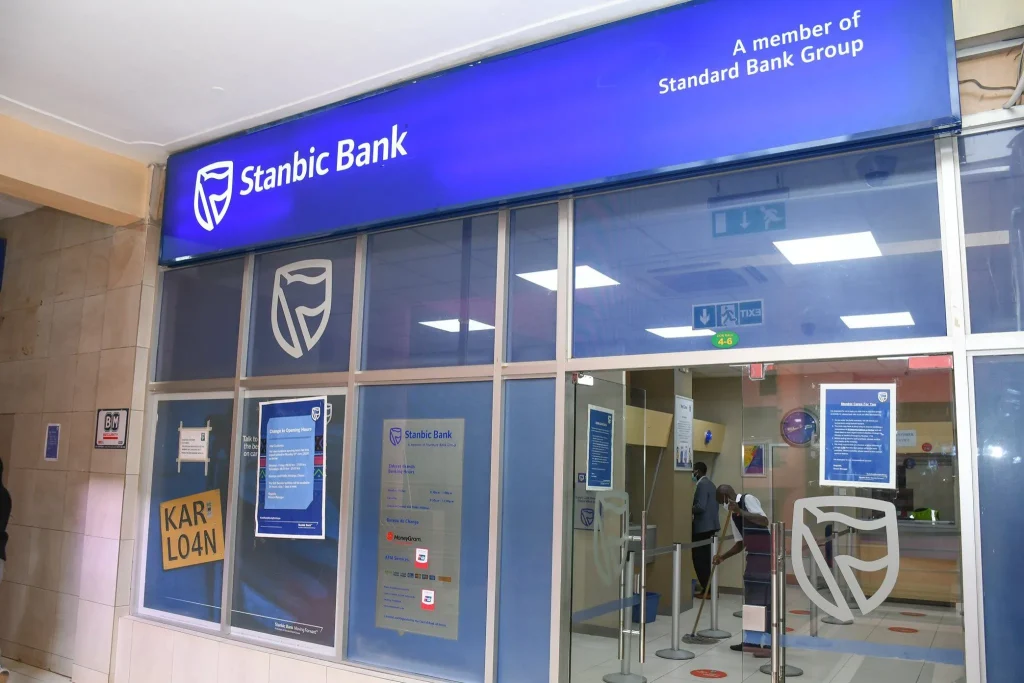
An easing of supply-side pressures meanwhile resulted in the greatest shortening of delivery times in four years.
The rate of input price inflation slowed in September, but firms signalled a quicker increase in selling charges.
The headline figure derived from the survey is the Purchasing Managers’ IndexTM (PMI®).
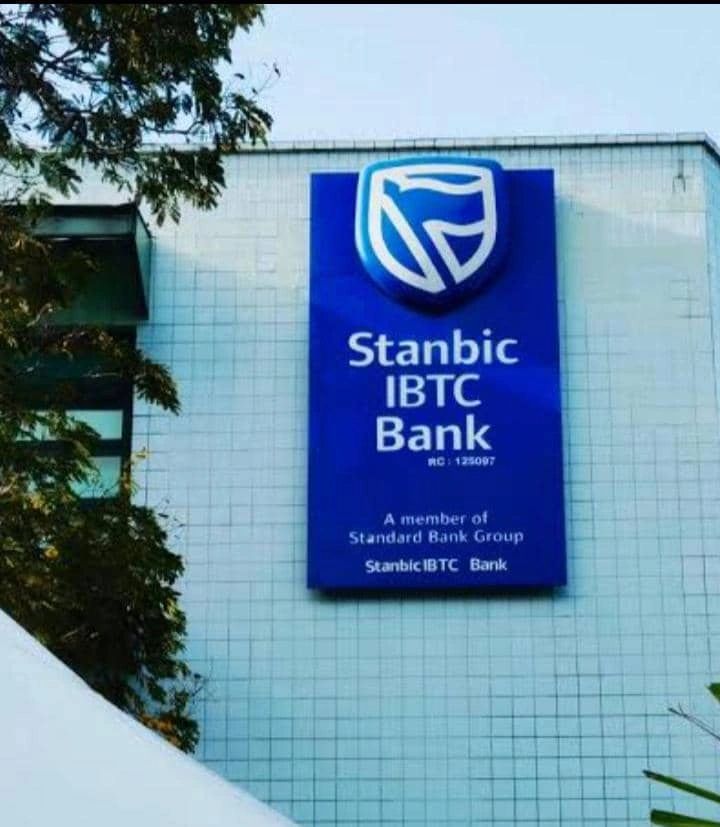 Readings above 50.0 signal an improvement in business conditions on the previous month, while readings below 50.0 show a deterioration.
Readings above 50.0 signal an improvement in business conditions on the previous month, while readings below 50.0 show a deterioration.
The Kenya PMI rose to 51.9 in September, up from 49.4 in August and above the 50.0 neutral mark for the first time since April.
The index pointed to a fresh upturn in the health of the private sector, after a period impacted by political protests and
rising price pressures.
 Driving the improvement in business conditions was a renewed expansion in activity, which in turn was strongly related to rising sales and a stabilising economy.
Driving the improvement in business conditions was a renewed expansion in activity, which in turn was strongly related to rising sales and a stabilising economy.
Out of the firms surveyed, roughly a third (33%) noted that their output had grown during September, compared to 23% that recorded a decline.
Some businesses reportedly benefitted from effective marketing and investment into products and services.That said, some areas
experienced weakness, especially in the construction industry where output fell sharply.

Christopher Legilisho, Economist at Standard Bank commented: “Business conditions expanded in September, implying the start of a recovery after the disruptions that followed protests in Q2:25.
New orders and output strengthened as consumer demand improved, despite some firms reporting caution from clients due to still challenging economic conditions.
Employment meanwhile increased due to gains from new orders and output. However, low sales in recent months led to sustained weakness in firms’ buying decisions; quantities purchased fell in September, although inventory stocks rose.
“Firms reported a moderation in the rate of input price inflation in September, despite some businesses remaining concerned about higher taxes and commodity prices.
“Encouragingly, business prospects for the upcoming year were still strong, albeit far off from historical trends
— this implies that, while conditions for some firms have been improving, most still experience the business environment as challenging.”
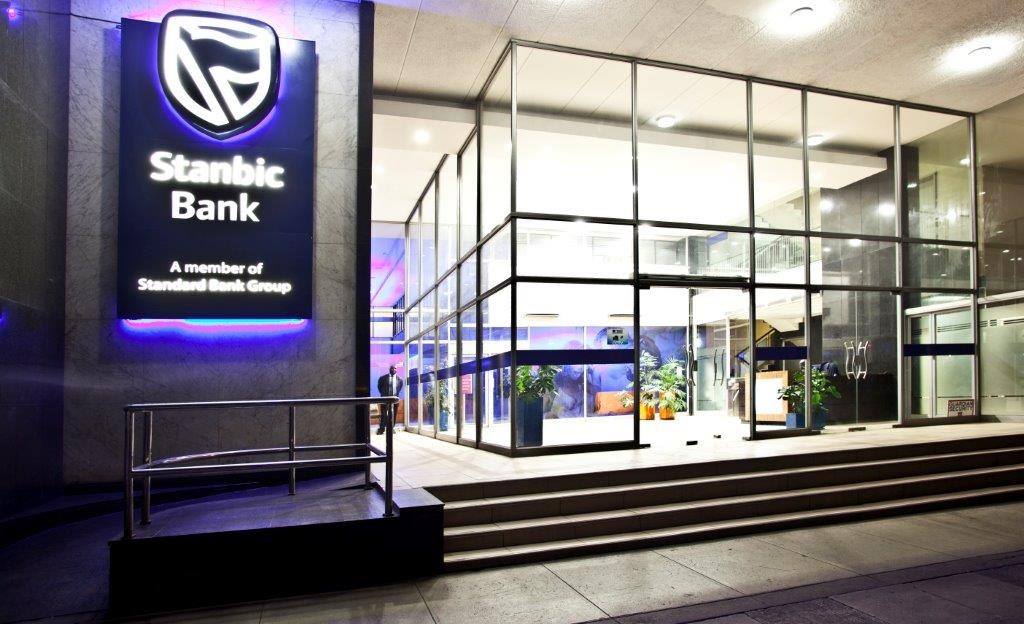 On sales intakes, the survey data also signalled a renewed upturn in September. New business growth was solid, having
On sales intakes, the survey data also signalled a renewed upturn in September. New business growth was solid, having
rebounded after four months of consecutive downturns.
This recovery encouraged firms to hire new staff, leading to a rise in employment that was the quickest recorded since May
2023.
With staff capacity up, firms managed to deplete their backlogs for the fourth month running.
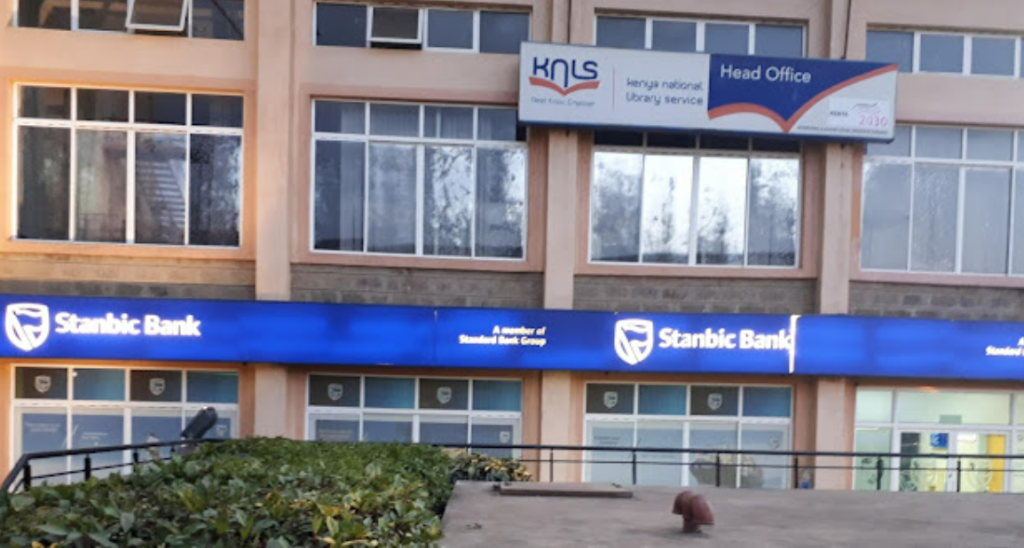 In contrast, purchasing activity continued to fall in September, Business activity increases for the first time since April
In contrast, purchasing activity continued to fall in September, Business activity increases for the first time since April
Sales growth returns, leading to faster rise in employment Strongest with businesses citing that low sales in recent months had weighed on their ability to buy new inputs.
Nevertheless, with supply-side pressures easing further after protest-related disruption and vendors willing to deliver items more quickly to
gain work, input stocks did increase.
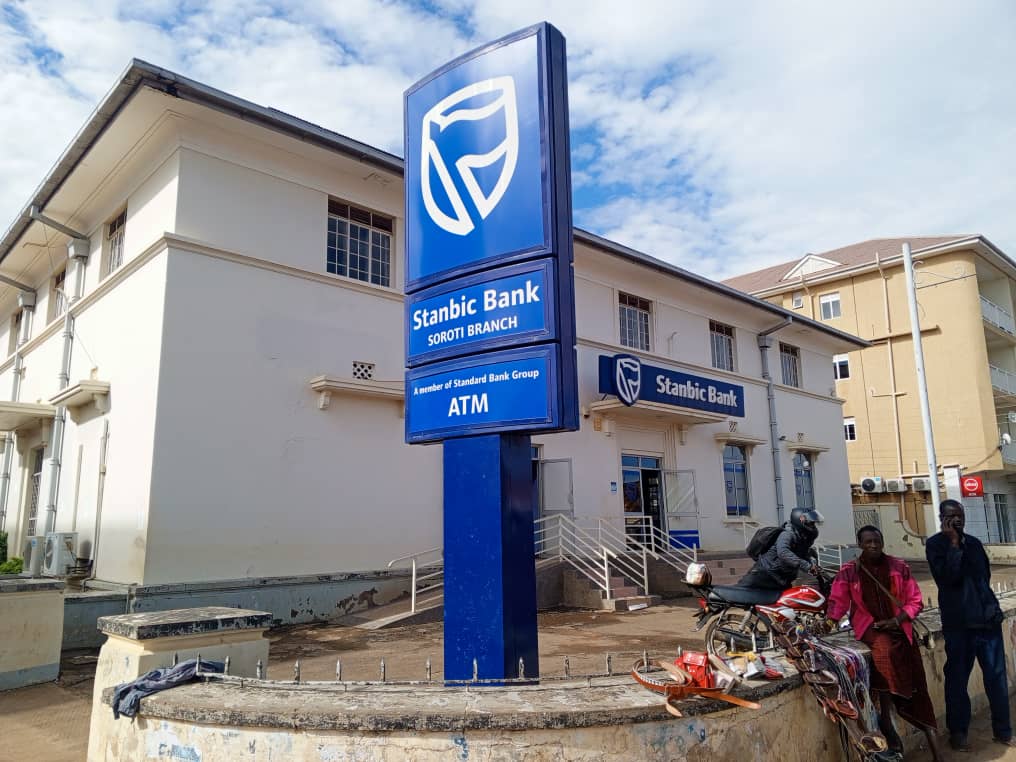 Notably, delivery times improved at the strongest rate in exactly four years.
Notably, delivery times improved at the strongest rate in exactly four years.
For the second month running, Kenyan businesses reported a softening of input price inflation in September.
Though solid, the latest increase in overall costs was the weakest since May. Where a rise was recorded, firms signalled this was mainly due to higher taxes and rising prices for several items such as fuel and foodstuff.

As cost pressures eased, firms raised their selling prices to a greater extent than the 12-month low seen in August. Inflation
was largely linked to higher costs and rising sales.
However, the increase was only modest. Finally, Kenyan firms looked towards future activity with sustained confidence.
Despite ticking down from August, the 12-month outlook was still one of the best observed in nearly three years.Several firms hope to expand their outlets, diversify product offerings and ramp up marketing.

Output and demand;
Output Index
Kenyan business activity rose in September, ending a four-month spell of contraction, as firms made a solid recovery after a period affected by political protests.
Nearly a third of surveyed businesses recorded an increase in output, which was strongly linked to higher demand, improved economic conditions and customer engagement strategies. However, 23% of firms saw a fall due to customer caution and cash flow challenges.
New Orders;
Like output, companies in Kenya reported an increase in new orders for the first time in five months in September. The upturn was solid and one of the quickest seen for nearly three years.
New business improvements were mainly attributed to rising client demand, with some panellists noting the impact of pricing decisions and product diversification.
New orders rose in all sub-sectors except construction.
Business expectations;
Although business optimism slipped from August’s two-and-a-half-year high at the end of the third quarter, it was still one of the best levels in the aforementioned period.
When asked about their expectations for output in the next 12 months, 22% of respondents were positive, while 78% were neutral.
Among those firms with an optimistic outlook, comments revolved around expansion plans, product launches, greater marketing activities and investments in operating capacity.
Employment & Capacity;
The renewed increase in sales volumes at Kenyan firms sparked a greater rise in employment during the latest survey period.
In fact, the rate of job creation was the fastest observed since May 2023, with sector data signalling that agriculture and manufacturing
were mainly responsible for the rise.
In contrast, job numbers decreased in the construction industry.
Backlogs of work
Companies in Kenya were able to lower their unfinished business levels in September, as the seasonally adjusted Backlogs of Work Index posted below 50.0 for the fourth month running.
Firms indicated this was largely due to a lingering effect from weak demand over the past few months. The pace of decrease softened slightly, however, and was only marginal.
Purchasing and inventories
Stocks of Purchases Index
Quantity of purchases
Kenyan companies reported lower volumes of input purchases at the end of the third quarter.The decline was slight, but nevertheless the fifth monthly reduction in a row.
Although some firms responded to rising orders by scaling up procurement, weak demand over previous months continued to act as a drag on spending, according to survey panellists, as did lower cash flow.
Suppliers’ delivery times
As has been the case since February, private sector firms in Kenya registered an improvement in suppliers’ delivery times in September. Moreover, the speed at which delivery times were cut accelerated to the fastest in four years. Several respondents mentioned that vendor competition had boosted supply efficiency.
Stocks of purchases
With lead times improving, Kenyan companies were able to increase their inventories despite cutting purchases. September’s rise was
moderate and the strongest since June.
Efforts to stock more amid sales growth reportedly played a part in the latest uplift.
Input prices
Kenyan firms saw a further softening in the rate of input price inflation from July’s seven- month high in September.The increase in input prices was solid, but less marked than the historical average.
Approximately 9% of the survey panel faced higher costs compared to August (versus less than 1% seeing a fall), which was mainly due to a rise in purchase prices.
Purchase prices;
Purchase prices rose during September, which monitored businesses related to a mix of higher taxes, increased fuel prices and greater costs for some commodities, partially due to short supply.
The rate of inflation picked up from August but was not far from the average recorded in 2025 so far. All five of the monitored sub-sectors experienced higher purchase costs, with the strongest rise seen in construction.
Staff costs
Staff costs increased in September, extending the run of inflation that began at the start of the year. However, the rate of increase
slowed from August and was only marginal, with the vast majority of survey panellists reporting stable wages.
Output prices
Kenyan companies raised their output prices at the end of the third quarter. The rate of inflation was modest, despite accelerating from August’s 12-month low.
Those firms that increased their fees (roughly 8% of survey respondents) did so due to higher input prices, elevated taxes and rising client demand, according to qualitative evidence.
Survey methodology
The Stanbic Bank Kenya PMI® is compiled by S&P Global from responses to questionnaires sent to purchasing managers in a panel of around 400 private sector companies.
The panel is stratified by detailed sector and company workforce size, based on contributions to GDP. The sectors covered by the survey include agriculture, mining, manufacturing, construction, wholesale, retail and services.
Data were first collected January 2014. Survey responses are collected in the second half of each month and indicate the direction of change compared to the previous month.
A diffusion index is calculated for each survey variable. The index is the sum of the percentage of ‘higher’ responses and half the percentage of ‘unchanged’ responses.
The indices vary between 0 and 100, with a reading above 50 indicating an overall increase compared to the previous month, and below 50 an overall decrease.
The indices are then seasonally adjusted.
The headline figure is the Purchasing Managers’ IndexTM (PMI).The PMI is a weighted average of the following five indices:New Orders (30%), Output (25%), Employment (20%), Suppliers’ Delivery Times (15%) and Stocks of Purchases (10%).
For the PMI calculation the Suppliers’ Delivery Times Index is inverted so that it moves in a comparable direction to the other indices.
Underlying survey data are not revised after publication, but seasonal adjustment factors may be revised from time to time as appropriate which will affect the seasonally adjusted data series.
Survey dates
Data were collected 11-26 September 2025.
For further information on the PMI survey methodology, please contact economics@spglobal.com.
Survey






